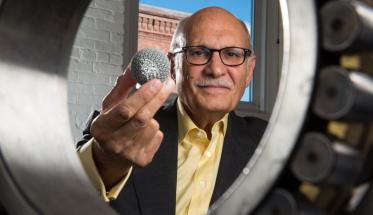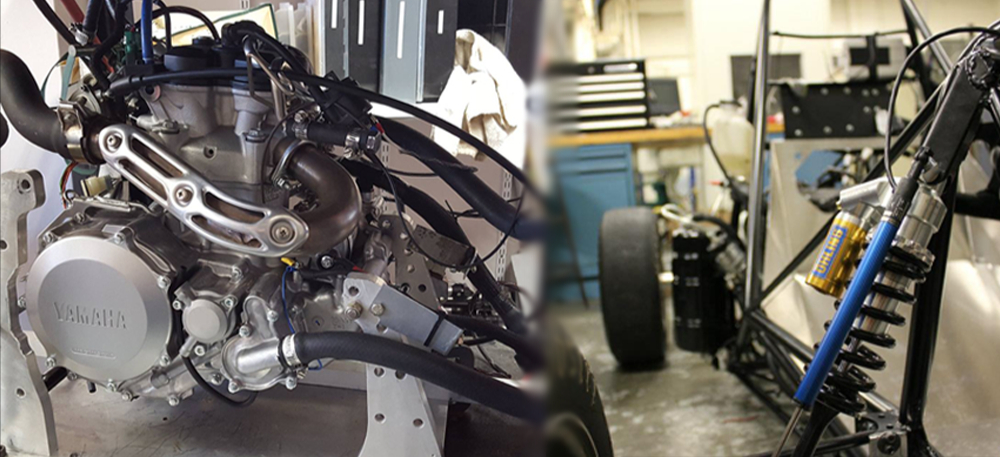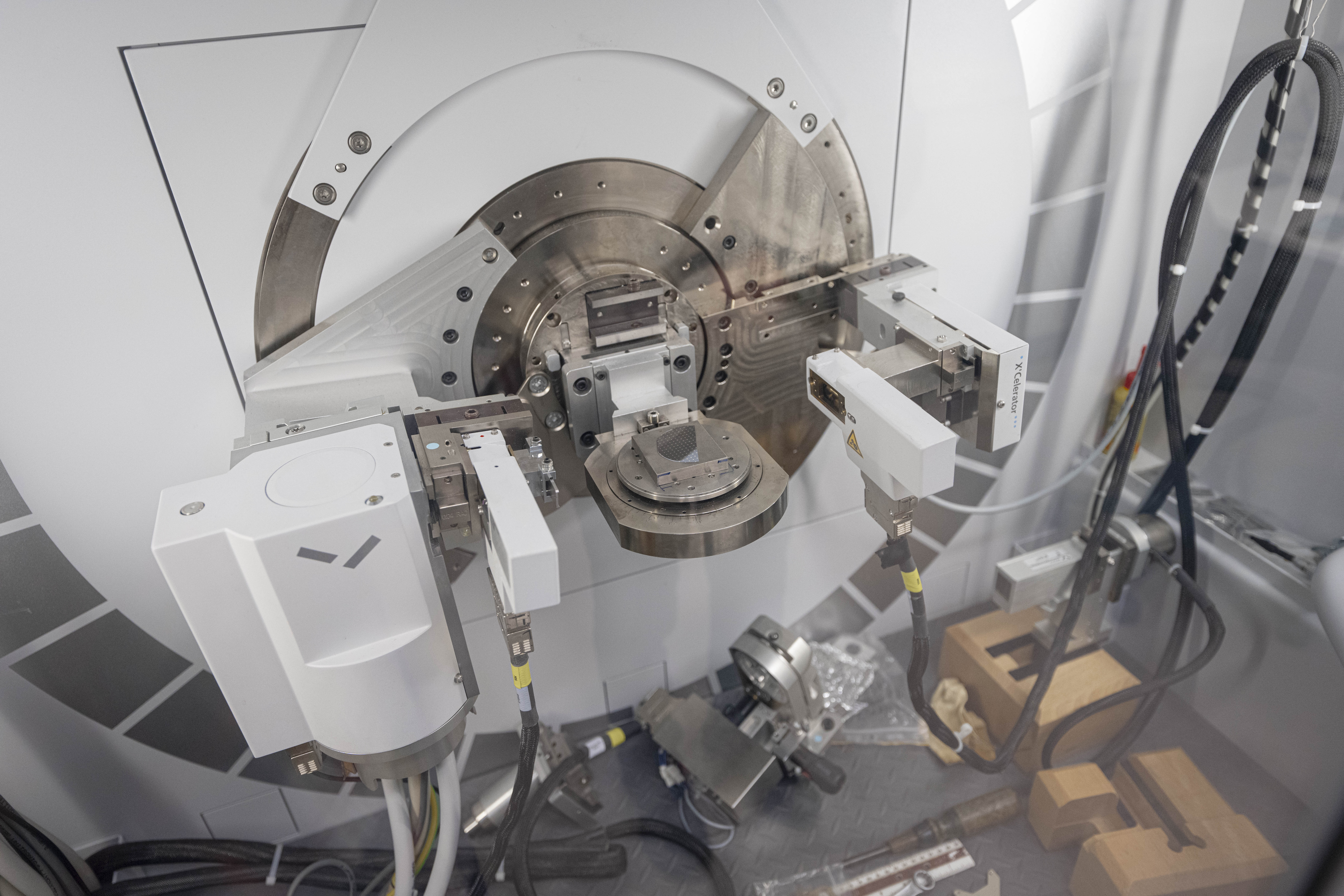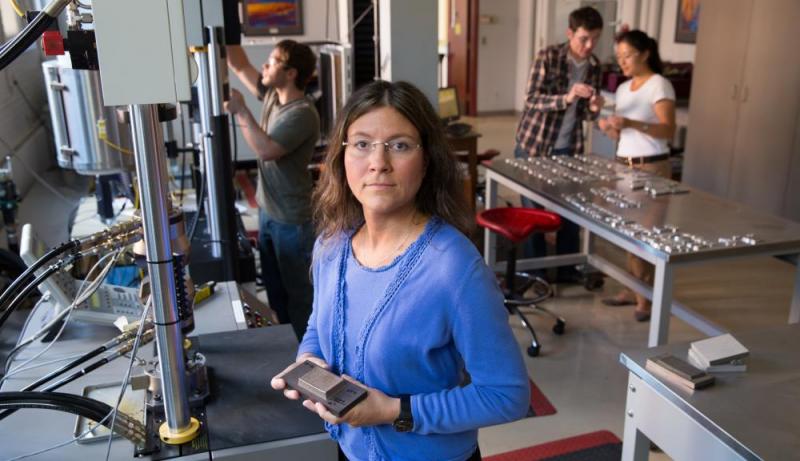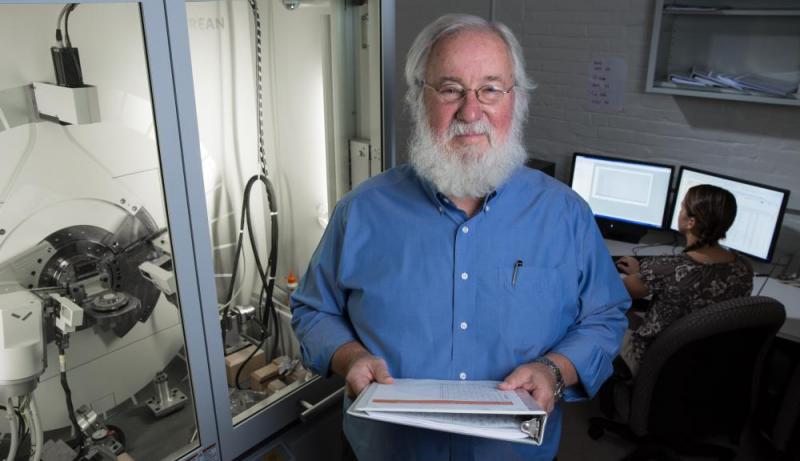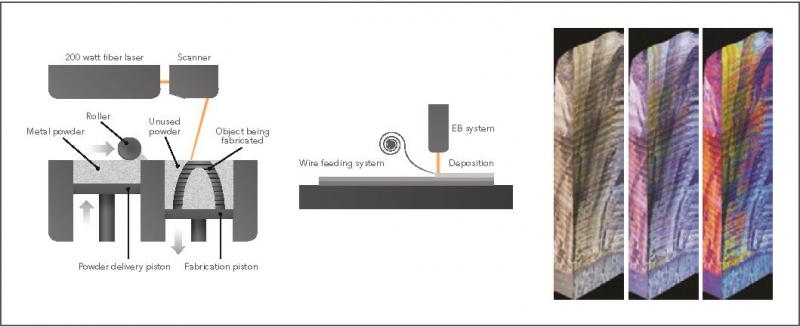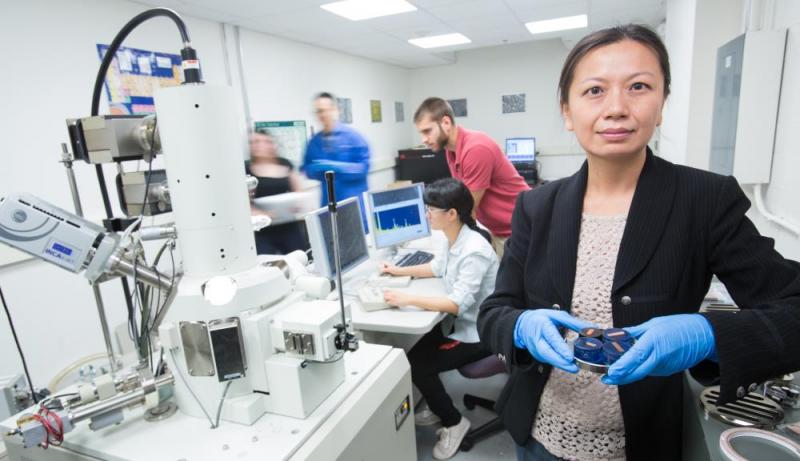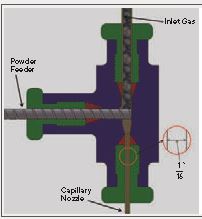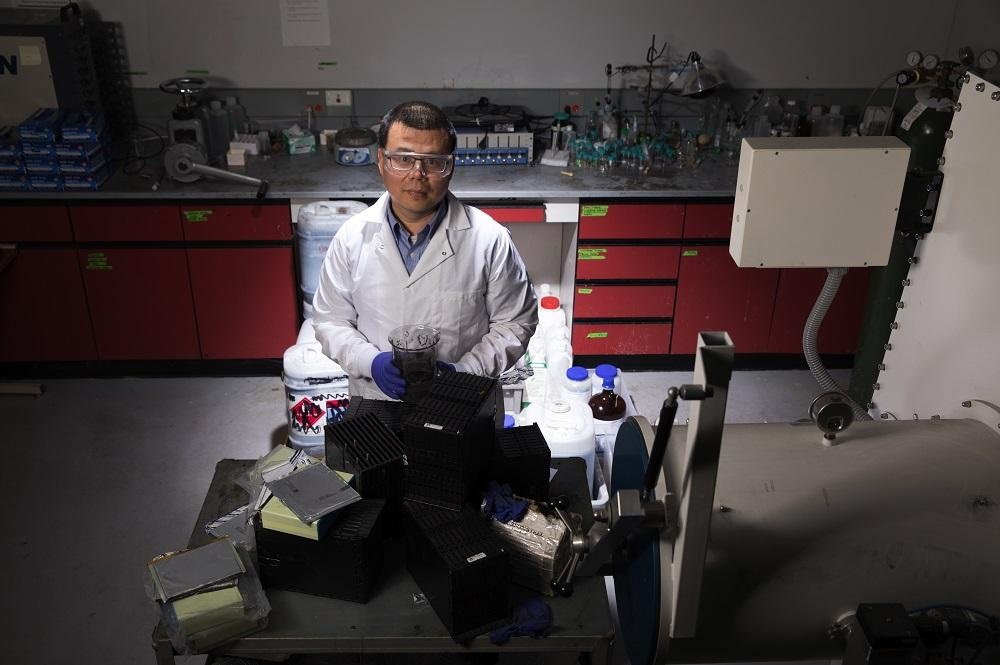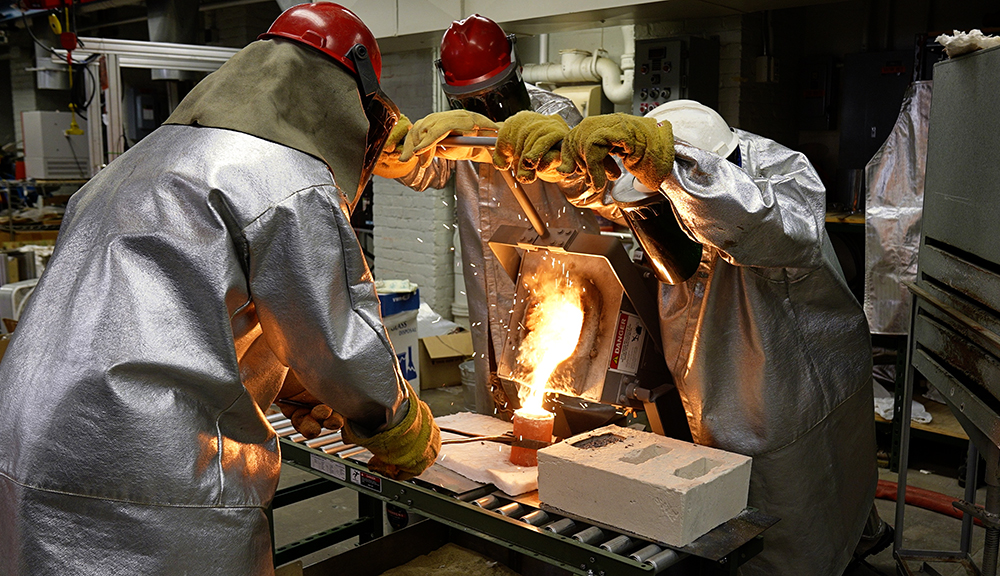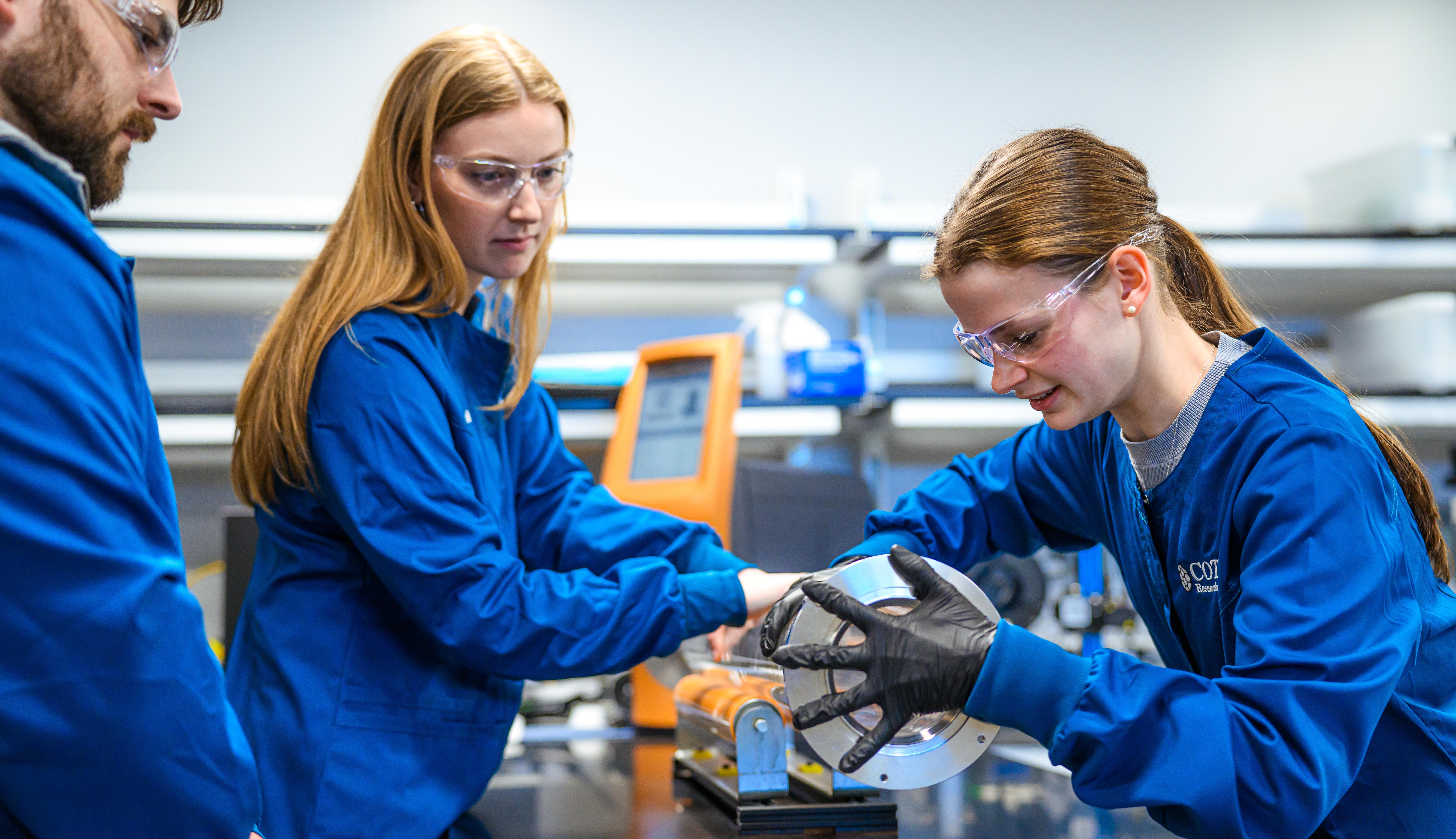Additive manufacturing, also known as 3-D printing, is nothing new. Designers in industries ranging from transportation to toy manufacturing use three-dimensional polymer printers to rapidly prototype new products, while hobbyists and researchers have used similar equipment to produce everything from musical instruments to mandibular jaw implants.
But the next step in additive manufacturing will take the technology into a new, more complicated, and far more challenging realm: printing three-dimensional objects with metal. WPI faculty members and students in materials science and engineering are helping define the boundaries of this new frontier as they draw upon their extensive expertise in metals processing, manufacturing, materials characterization, and performance evaluation to help launch what could be the next industrial revolution.
According to Diran Apelian, PhD, Alcoa-Howmet Professor of Mechanical Engineering and director of WPI’s Metal Processing Institute (MPI), 3-D polymer printers are not unlike common inkjet printers. Instead of depositing liquid ink on paper, they lay down layer upon layer of heated, viscous polymers to build up 3-D objects based on CAD (computer-aided design) files.
Additive manufacturing with metal works in much the same way, except that rather than melting powdered polymers, the highly sophisticated “printers” typically use lasers or electron beams to heat metallic powders or wires to high temperatures, depositing layers of fused metal. Cold spray, another emerging additive manufacturing technology, accelerates metallic powders to supersonic speeds, causing them to fuse on contact with any substrate in their path.
